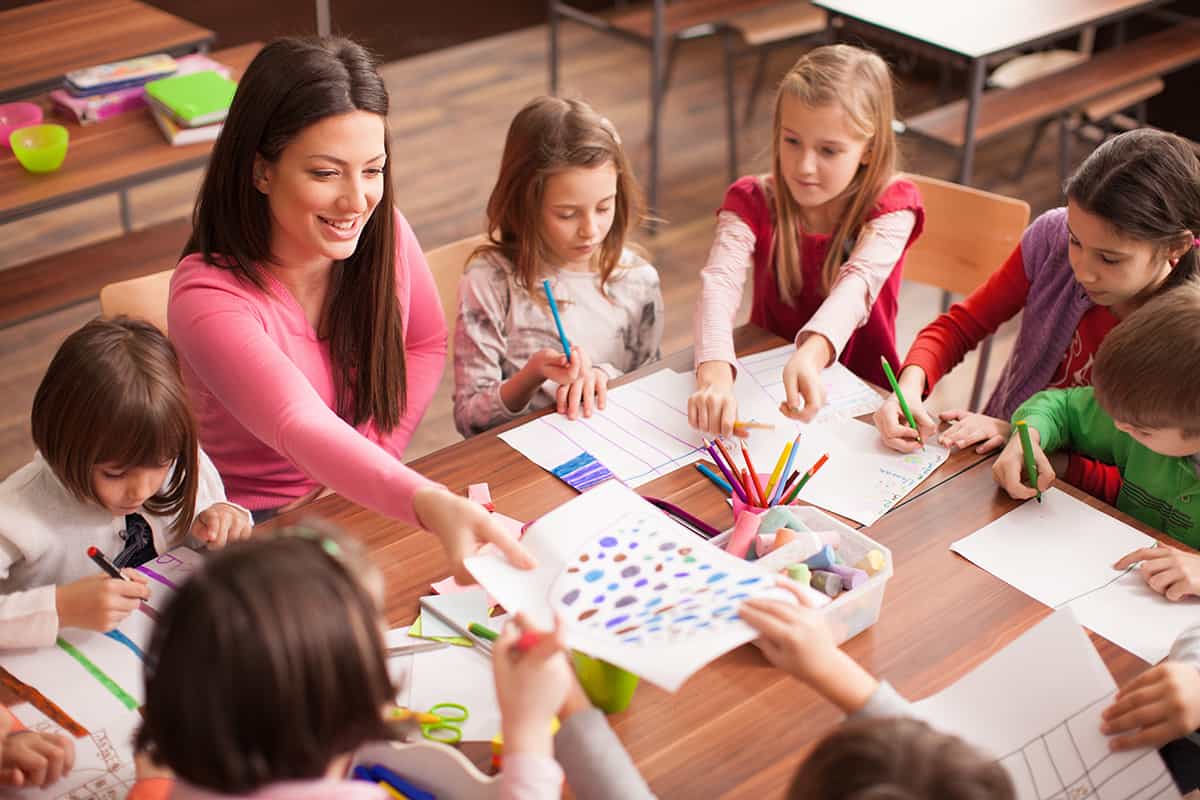Well, thanks to our Happy-Centred School programme, we’ve got a few tricks up our sleeve to help you. Why is Creating a Happy Classroom Necessary? In August 2019, the annual Good Childhood Report from the Children’s Society found overall happiness among 10- to 15-year-olds had dipped below 8 on a scale of 1 to 10, with an average of 7.89. Teach your children lullabies, nursery rhymes and children’s songs from your native country—even better if there are clapping games to go along with them! Not only do songs help teach sounds to children, the interaction of these games, along with the repetitive tunes, will make speaking your native language more fun and less of a chore.
- Our Classroom Teach To Be Happy Birthday
- Our Classroom Teach To Be Happy Quotes
- Our Classroom Teach To Be Happy Birthday Wishes
Our Classroom Teach To Be Happy Birthday
Kim Thomas has taught math for more than two decades. Most recently, she joined the staff at Woodruff Alternative School in Peoria, Illinois, where she’s been for the last four years. Woodruff serves students who have been expelled from their former school, and many of them, Kim says, face challenging life circumstances outside the classroom.
Kim sees each student as worthy of love and respect, and nothing matters more than inspiring a joy of learning when they’re in her classroom. She lives by it.
Here is Kim, in her own words, on the 8 keys to her teaching philosophy – and how she brings a positive parabola to students’ faces every day.

Come into the classroom each year like it’s your first.
You have to be that excited every day. I really have a hard time sleeping before the first day of school. I’m so excited to meet the kids that I’m going to have and the things I thought of to do with them. I absolutely love it.
Happiness above all.
Students have to be happy before they’re ever going to learn anything. If I see a kid who looks upset, I ask, “What can I do to make you happy?” Because if you say, “What’s wrong with you?” then you’re assuming something’s wrong with them. “What can I do to make you happy?” really turns them around.
Play to the student’s interests.
It’s so important to keep up with the trends of what kids like because then they will pay attention. If you can’t make it valuable and interesting, it’s not going to work.
Make it fun.
I know sometimes lessons aren’t the most fun. But I also think it’s about how things are presented. I’ll say, “OMG, you guys, here’s the truth about triangles. You’re not going to believe it.” And they’re very interested. I call them my “mathttention getters.” I have my kids for 10 x 9 minutes. That’s a long time. They’ve got to have that fun.
Our Classroom Teach To Be Happy Quotes
Make it relevant.
Everybody is going to have to deal with money and budgeting. I always try to bring in real world examples of how they might use math: ordering a pizza, using coupons at the grocery store, etc. Basic stuff that I feel sometimes falls through the cracks in teaching at school.
Embrace mistakes.
I make mistakes every day, and I’ll say, “I’m sorry.” It’s okay for students to make mistakes in my room. You’re learning when you do that. You shouldn’t know this material yet.
Love hard.
Everybody deserves to be loved, even the toughest kids. No matter how tough a kid is, they deserve to feel loved.
Give second chances.
That’s what our school is for. I believe in those second chances. Everybody deserves them. I’m here to help my kids figure out how to be successful when they go back to their other school. I always tell them, “This isn’t your ending. This is your beginning.”
This is the final installment of a four-part series on the mathemagical teacher Kim Thomas, Illinois’ 2016 Teacher of the Year. Read Part 1:Mathematics Month: The Contagiousness of Kim Thomas’ Mathilicious Teaching; Part 2:Mathematics Month: 5 Practical Ways to Mathivate Kids; Part 3: Celebrating Teachers: Why I Love Being a Math Mom.
Think about your framing

How happy you are as a teacher has a lot to do with how you frame things. Broadly speaking you can frame things positively or negatively; as an opportunity or a threat and as a challenge or a hurdle. If we take my image as an example, we might all face the same garbage but if you frame it in the right way you’ll be happier. Whilst it doesn’t change what you’re actually looking at, it will change how you feel about it.

I’m no Pollyanna, I fully accept the challenges our profession faces: sweeping and relentless curriculum changes; uncertainty about life after levels; an ineffectual Ofsted; high levels of stress and poor retention of new teachers to name just a few. But what does framing things in the wrong way achieve? Ultimately I think it just serves to make you feel unhappy.
How do you frame things?
The negative framer:
The sort of person whose first reaction to whatever picture they’re presented with is to focus on the aspects they dislike. They might not be able to see past a surprising composition to appreciate the use of colour. They prop the picture up against a wall in the corner. They don’t bother to hang it let alone frame it. Their paintings sit in the dark and gather dust.
The positive framer:

The sort of person who takes whatever picture they’re presented with – even a very dodgy painting of a sheep with wonky eyes – and see something good in it. They actively look for what is working rather than focusing on what doesn’t. They take the painting and hang it on the wall, in the light, in a cheery frame that distracts from the disconcerting eyes. When they walk past the painting they can’t help but smile a little.
The threat framer:
The sort of person who sees a new picture as a threat to what they’re already doing (imagine the National Portrait Gallery being asked to display a landscape painting…). They might hide the painting so they don’t have to face it or else do whatever they can to destroy it. Fear is the ruling emotion and they’d rather stick to what they know than look at something they see as threatening.
The challenge framer:
The sort of person who accepts that a picture doesn’t currently fit with a collection they’ve put together but accepts the challenge of finding the right place for it or rearranging what they’ve already done. They’re not quite sure how they’ll fit Tracy Emin’s ‘My Bed’ amongst the Pre-Raphaelite paintings but they’ll enjoy figuring it out. Once they’ve found a place for it they’ll feel a sense of pride at what they’ve managed to achieve.
The hurdle framer:
Our Classroom Teach To Be Happy Birthday Wishes
The sort of person who sees a picture as something they have to hang. There’s no pleasure in the act it’s just something they need to do. It’s tiring work and there’s not pleasure in it. It’s a chore.
The opportunity framer:
The sort of person who sees a new picture as an opportunity to do something different. A chance to take a collection in a new direction or diversify or completely throw out the old stuff for something new and exciting. It might not have been what they were expecting but they embrace the opportunity it represents.

If you want to be a happy teacher in a time when a lot of the profession are making a lot of noise about how challenging it is, I encourage you to think about how you frame the challenges we face. Be positive about the job we’re doing despite how tough it is. See the curriculum changes as a challenge to do something better and life after levels as an opportunity to do something different. We can’t stop the waves of change that keep coming our way – and, like Canute, it seems futile to bid the tide to stop – so let’s change what we can: our attitude.
See Tip #1.
See Tip #2.